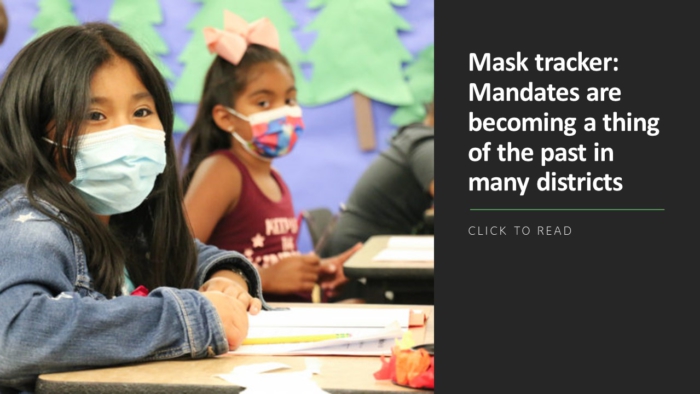Here are three facts about college-going: it’s not getting more expensive, students often lose track of the application process, and some who get accepted never actually enroll. The published price of college tuition and fees, for instance, rose more slowly than inflation from 2020 to 2021 while grants and scholarships have caused costs to fall or remain flat since 2015, according to a new report from Brown University’s EdResearch for Recovery team.
For lower-income students, those grants, scholarships and other assistance can make seemingly more expensive and selective colleges significantly cheaper than less selective schools. However, many students face college preparation hurdles that can derail their paths to higher ed. Even high-achievers can struggle with the long and complex application process, during which they risk making uninformed choices about where to apply or attend, the report says.
Other students may limit their chances of getting accepted by applying to too few colleges or failing to take the ACT or SAT, which are still required by many institutions. Even when students are accepted, summer transition tasks, such as taking placement tests and setting up tuition payment plans, can knock graduates off course. Between 10% and 20% of students who are accepted to college do not enroll by the fall after they graduate high school, the report says.
Administrators, counselors, and other high schools educators can take several steps to smooth the college application process. In Delaware, for instance, high schools designate a week during which educators help students complete college applications during the school day. A test of this strategy found it increased college-going by 10%, with the most growth occurring among students who did not take advanced courses.
Here are four additional college prep strategies recommended in the report:
- Offer guidance on where to apply and enroll: Students have better chances of earning a bachelor’s degree when they start at four-year colleges rather than community colleges, studies have shown. Students should also be directed toward The College Scorecard to research their choices.
- Track progress and target outreach: Text messages are a particularly effective method for high school counselors to remind students about college entrance exams, completing applications, and applying for financial aid. Some states even send updates to school counselors about the progress students are making on these tasks.
- Connect with students after graduation: Support from a high school advisor during the summer before the first year of college has reduced the number of students who fail to enroll. The impact is even stronger for students from low-income backgrounds.
- Hire more college counselors: This may sound obvious. Still, one study found that each additional counselor in a high school increases the likelihood that students will enroll in a four-year college by 24%.
There are also a few regularly used practices the researchers advise against, including being too rigid in advising students against taking out loans. In one experiment, students borrowed less when the future costs of loans were highlighted but their academic performance was weaker; they were also more likely to default.
More from DA: More evidence that confidence in K-12 schools is slipping, this time over race
Also, pushing all students to take AP or other advanced classes can have mixed results. Cash rewards for passing AP exams led to higher college enrollment in one study. However, “a recent experiment encouraging students to take Advanced Placement courses lowered their confidence and increased stress, with no corresponding increase in ACT/SAT scores or college enrollment,” the EdResearch report says.
Students also risk narrowing their searches when using online tools—or advice from other students and educators—that encourage them to apply to colleges where past graduates of their high school have been accepted. This can prevent high-achieving students from applying to a highly selective college that has not enrolled many graduates from their communities.



